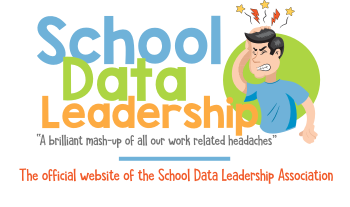Esser Funds
The ESSER funds, formally known as the Elementary and Secondary School Emergency Relief funds, are part of the U.S. government’s response to the impact of the COVID-19 pandemic on educational systems. While the ESSER guidelines emphasize various aspects of fund usage, from addressing learning loss to improving school facilities and air quality, they do not specifically define "levels of software effectiveness."
However, in the context of evaluating educational technology, which is often a significant component of ESSER fund applications, software effectiveness can be conceptualized generally across several dimensions or levels, often used in educational settings to ensure that investments lead to measurable improvements in student outcomes. Here’s a general framework that could be adapted:
-
Functionality and Reliability: At this level, the software should meet basic functional requirements and operate reliably under typical conditions. This means the software performs the tasks it was designed to do without frequent crashes or data integrity issues.
-
Usability and Accessibility: Software should be user-friendly and accessible to all students, including those with disabilities. This involves intuitive design, ease of navigation, and compliance with standards like the Americans with Disabilities Act (ADA).
-
Integration with Curriculum: Effective software should integrate seamlessly with existing curricular goals and standards. It should support and enhance the curriculum rather than requiring a curriculum to be adapted to fit the tool.
-
Impact on Learning Outcomes: The highest level of effectiveness involves demonstrable impact on student learning outcomes. This means the software has been proven through studies or data analysis to improve grades, test scores, or other educational metrics.
When utilizing ESSER funds for educational technology, schools are encouraged to consider these aspects to ensure that their investments are effective and contribute positively to educational outcomes. It’s also essential to align any technology purchase or implementation with the specific allowable uses of ESSER funds, such as addressing learning loss, supporting remote learning, or other priorities specified by the fund guidelines.
